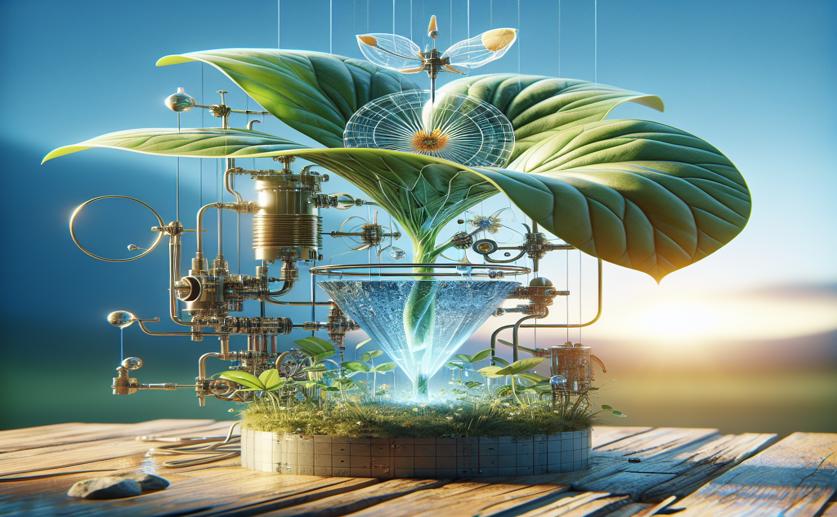
Creating Plant-Inspired Water Collection Tech with Self-Powered Rain Detection
Phil Stevens
16th February, 2024

Image Source: Natural Science News, 2024
SustainabilityBiotechPlant Science
References
Main Study
1) Biomimicking hydrophobic leaf structure using soft lithography for fog harvesting, triboelectric nanogenerators as a self-powered rain sensor.
Published 16th February, 2024
https://doi.org/10.1016/j.isci.2024.108878



 12th February, 2024 | Jim Crocker
12th February, 2024 | Jim Crocker